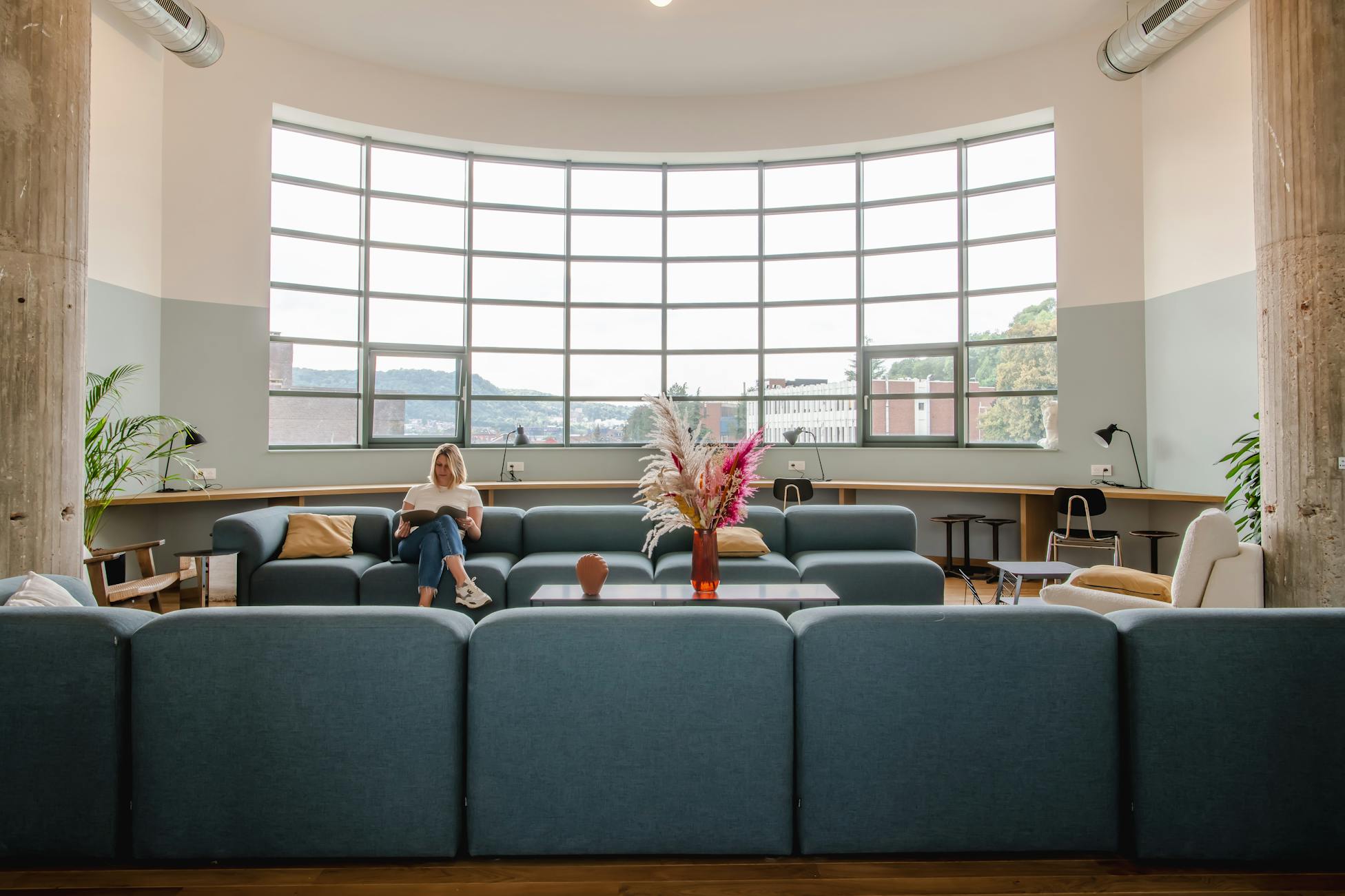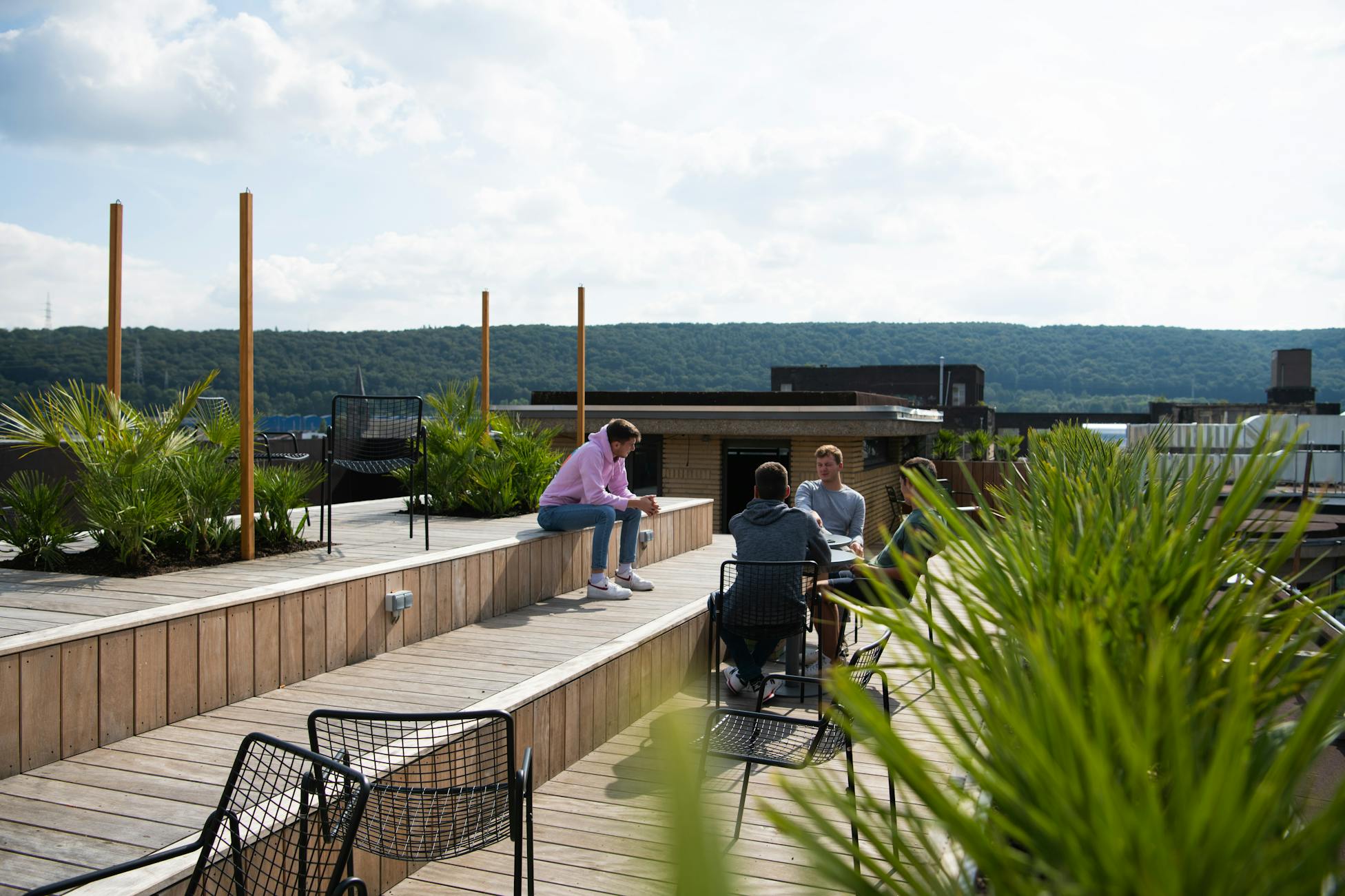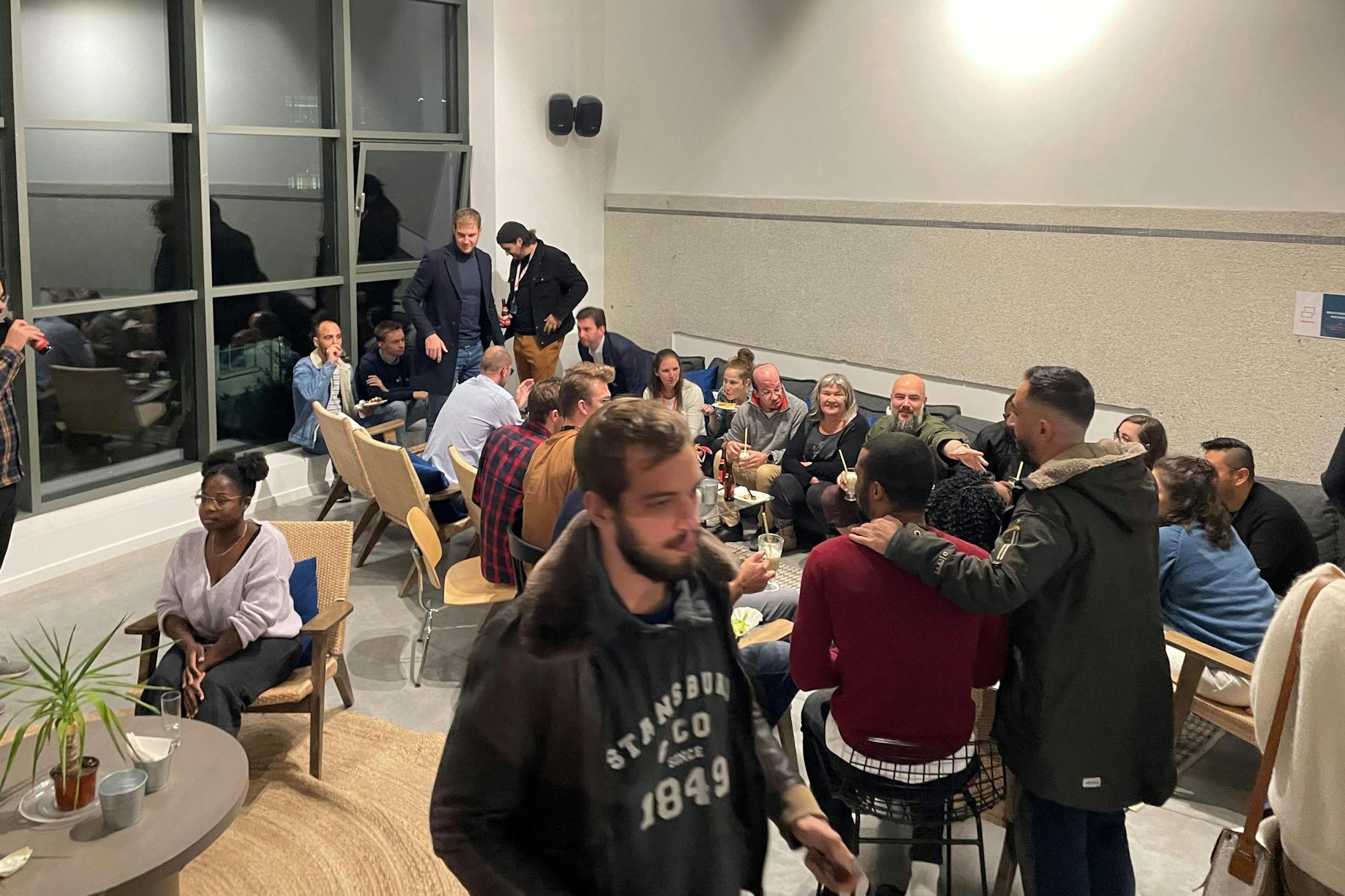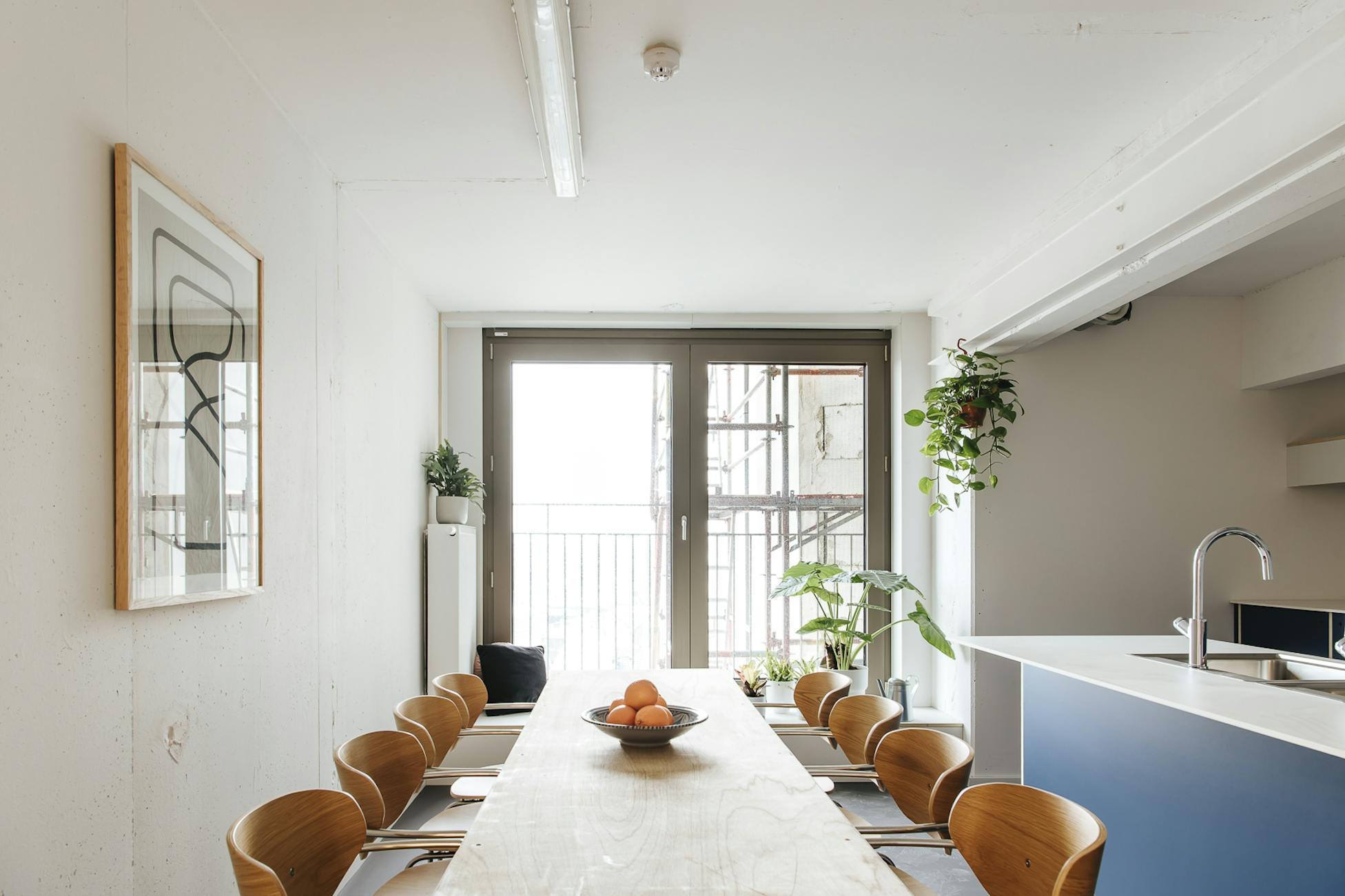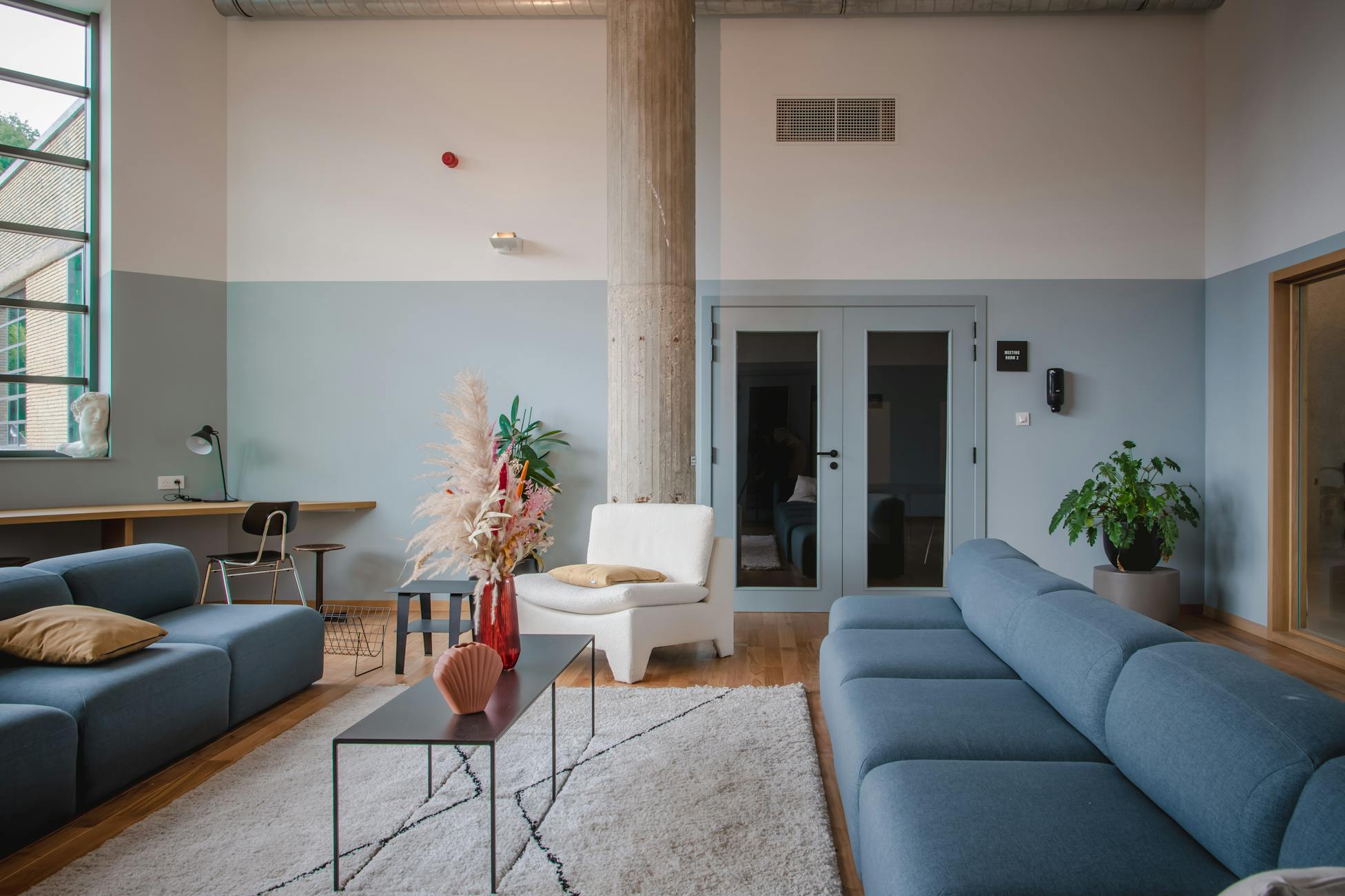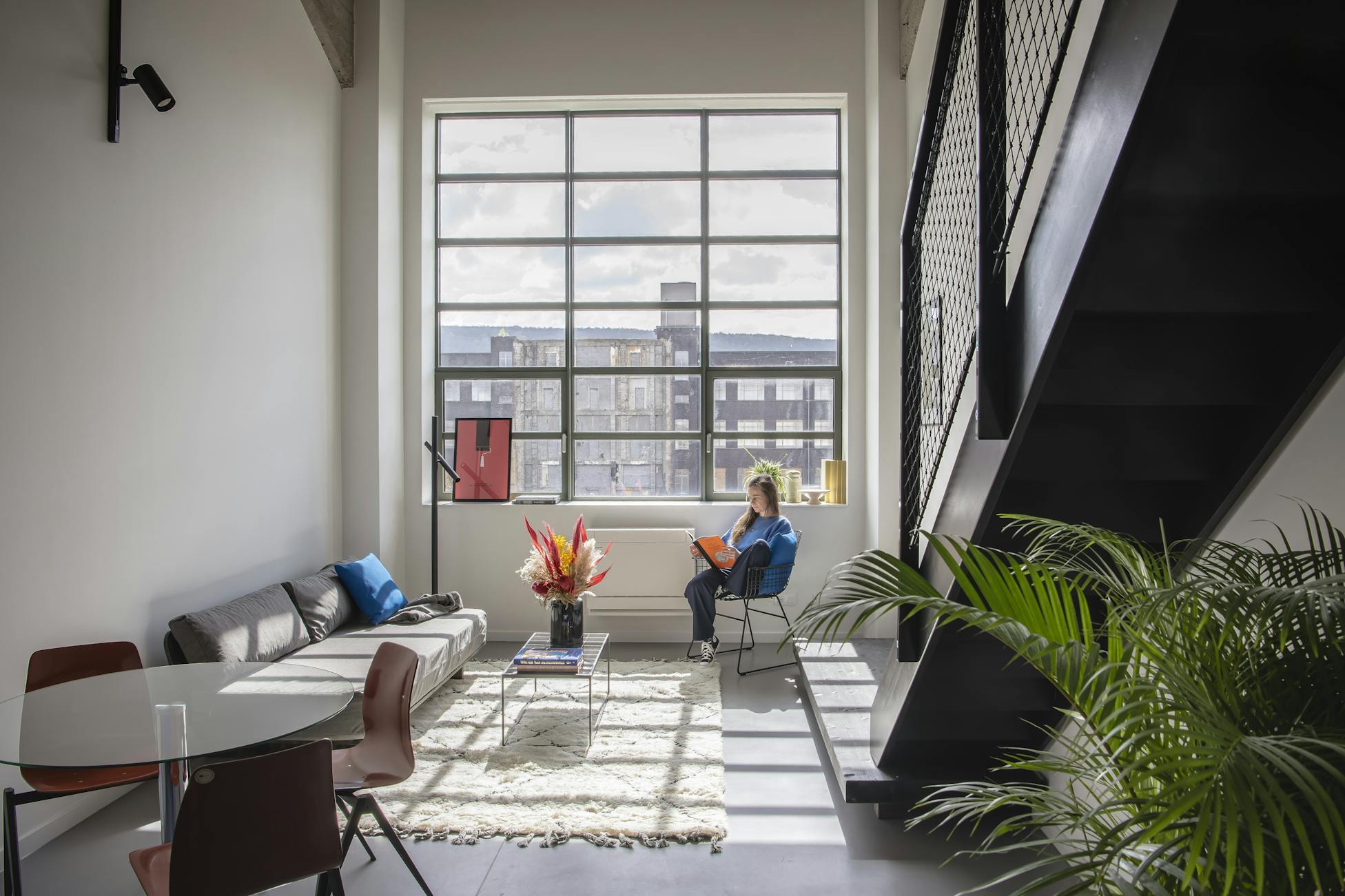The renaissance of living – A building for and by residents
Co-housing
While the concept of shared living space is not entirely new, the idea of collaborative living or co-housing has recently been reimagined by the millennial generation which puts a great emphasis on community, collaboration, social networking, and a shared economy. Unlike traditional apartments, co-housing offers affordability, flexibility, sharedamenities and services, and above all a sense of community. To put it simply, co-housing promotes shared living spaces with the central idea of focusing on building an ecosystem of support, connection, and collaboration.
In practical terms, co-housing or co-living housing often entails short-term or flexible leases, as well as perks such as cleaning services, professionally furnished common areas, and turn-key amenities and utilities. This can be as broad as you can imagine : from a central washing room, shared fitness and sauna facilities, communal garden or rooftop bar, to a real shared economy.
In short : co-housing is a new way for people to live in cities, focused on community and convenience, adapted to a changing lifestyle.
Why co-housing?
Whether you are student, a young urban professional or someone who is just in need of a different kind or housing, the benefits or co-housing for residents are numerous.
- Community
With a rising percentage of potential residents who are single and want to live in urban areas, co-housing spacesoffer a safe, flexible shared housing option. The most compelling reason is for people to connect with a community on their own terms, when they would otherwise find themselves alone.
- Convenience
Another great asset is the set up of additional utilities —such as utilities accounts, wifi, cleaning services — which would otherwise be time-consuming and stressful; co-housing thus saves a headache for renters by taking care of practical elements to housing.
- Affordability
Co-housing is intrinsically an affordable model: one of its main purposes is limiting resource consumption by sharing resources. The savings in time, energy costs, and maintenance costs, outweigh the apparent up-front costs due to new construction.
- Flexibility
A quality home doesn’t necessarily mean locking people up in stranglehold contracts with long notice periods. Another great advantage are the ‘plug&play’ solutions that responds to the search of residents for convenience. In these concepts, apartments are offered furnished, while simultaneously achieving flexibility that allows the tenant to change residences freely.
- Sustainability
And last but not least co-housing is a more sustainable model that facilitates the responsible use of natural and energy resources. This is often done by promoting less car dependance by being close to basic services, lowering energy consumption by offering housing built by the latest insulation and efficient heating rules and finally, conservation of open spaces by grouping buildings.
Some examples from
the LIFE portfolio below.
Discover by clicking on the +
